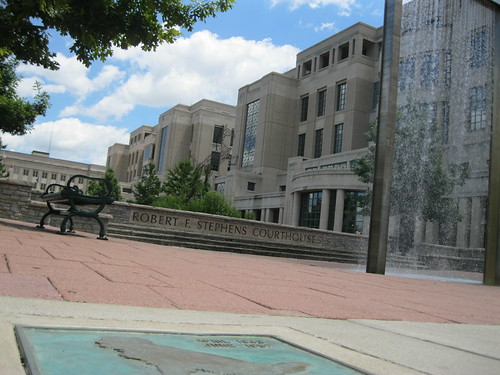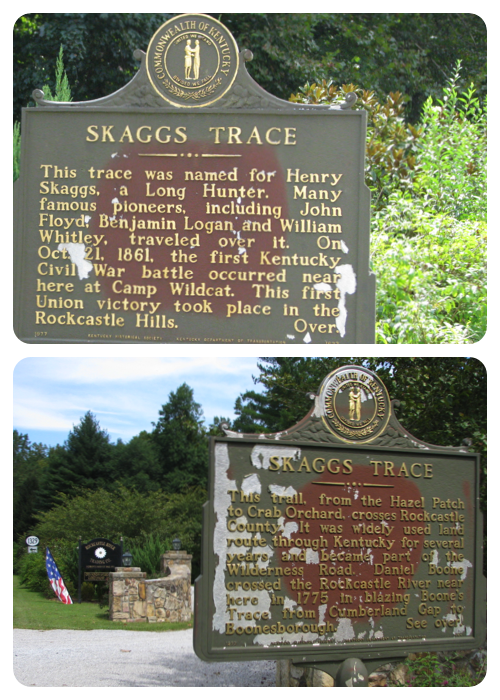| The Thomas Hunt Morgan Biological Sciences Building at the University of Kentucky. Author’s collection. |
Lexington’s Nobel laureate has been in the news lately. Quite remarkable for a guy who received that award some 81-years ago.
But Thomas Hunt Morgan’s great contributions to science, and his hometown’s affinity for history, have kept his story alive. And an effort is underway to make sure that the story thrives.
A few weeks ago, the Women’s Club of Central Kentucky donated its home to the Blue Grass Trust for Historic Preservation. That home was the childhood home of Dr. Morgan.
An online post by Dr. Tom Kimmerer in September profiled the Lexington buildings connected to Dr. Morgan and set forth an explanation of the import of Dr. Morgan’s research: “Morgan is a key figure in modern science not just because of his accomplishments, but because of his underlying skepticism. He did not believe any biological theory unless he could test it. But once he had thoroughly tested it over and over to his own satisfaction, he yielded his skepticism.”
The Herald-Leader‘s Tom Eblen profiled Dr. Morgan yesterday and observed that, as a community, we celebrate the wrong Morgan. Dr. Morgan’s uncle, John Hunt Morgan, was the Thunderbolt of the Confederacy and his statue atop Black Bess features prominently on the old courthouse lawn.
In other words, the guy who fought for the losing side in the Civil War is honored in Lexington more than the man who altered the course of research in the biological sciences. So … maybe that should change?
2016 will mark the sesquicentennial of Thomas Hunt Morgan’s birth and it would be the perfect time for the community to rally around this native son.
Dr. Morgan went on to attend the University of Kentucky and Johns Hopkins University before entering academia at Columbia University.
Utilizing an experimental approach to science, unlike the then-prevalent ‘stamp collecting’ method which disproved nothing, Dr. Morgan discovered a link between chromosomes and inherited traits. For this, he is known as the “Father of Modern Genetics.”
Oh, and yes. It is #MarkerMonday. Dr. Morgan’s alma mater had a historic marker placed in front of the biological sciences building at the University of Kentucky which is named in his honor.
Born in Lexington, Ky. on September 25, 1866, Morgan was a nephew of Confederate General John Hunt Morgan. He attended the State College of Kentucky(University of Kentucky) during the 1880s. Morgan graduated as valedictorian in 1886 with a B.S. and an M.S. in 1888. He earned a Ph.D. from Johns Hopkins University in 1890. Class of 2010.
(Reverse) Thomas Hunt Morgan, 1866-1945- Morgan discovered the basic mechanisms of heredity and was a pioneering geneticist, winning the Nobel Prize in Physiology or Medicine in 1933. In 1966, the University named the new Thomas Hunt Morgan School of Biological Sciences for him. Class of 2010.
Named, too, was the Thomas Hunt Morgan School of Biological Sciences at UK. These honors occurred in 1966, 100 years after Dr. Morgan’s birth. In 2002, however, the biology school was absorbed into the Department of Biology. The department no longer bears Dr. Morgan’s name.












